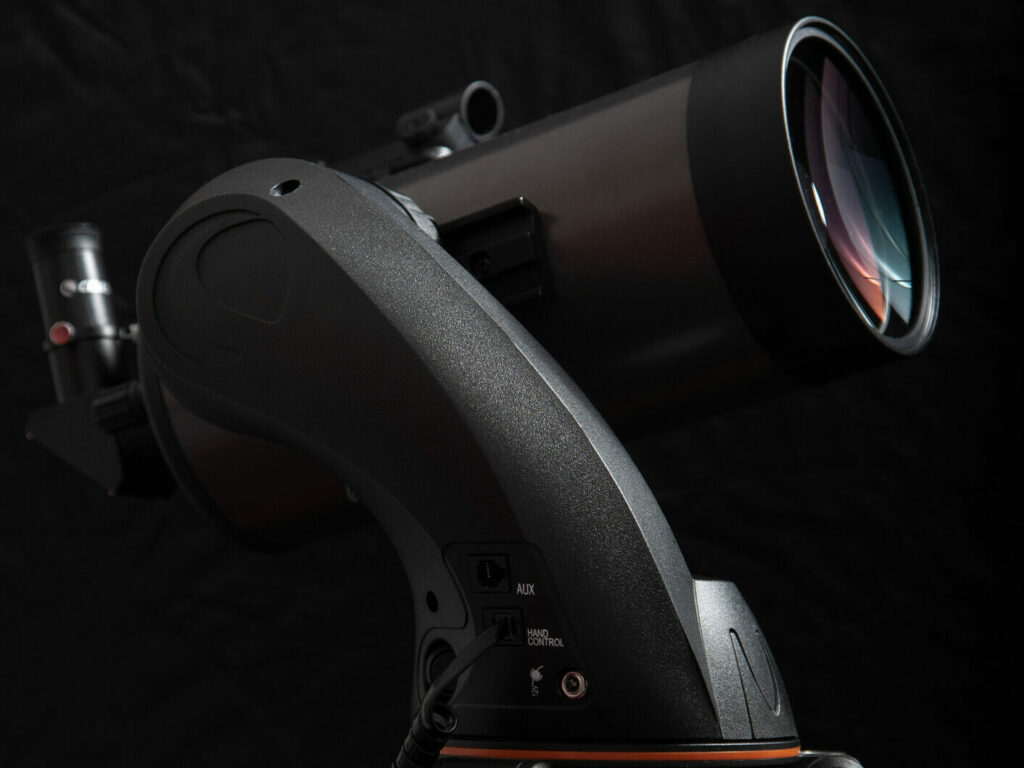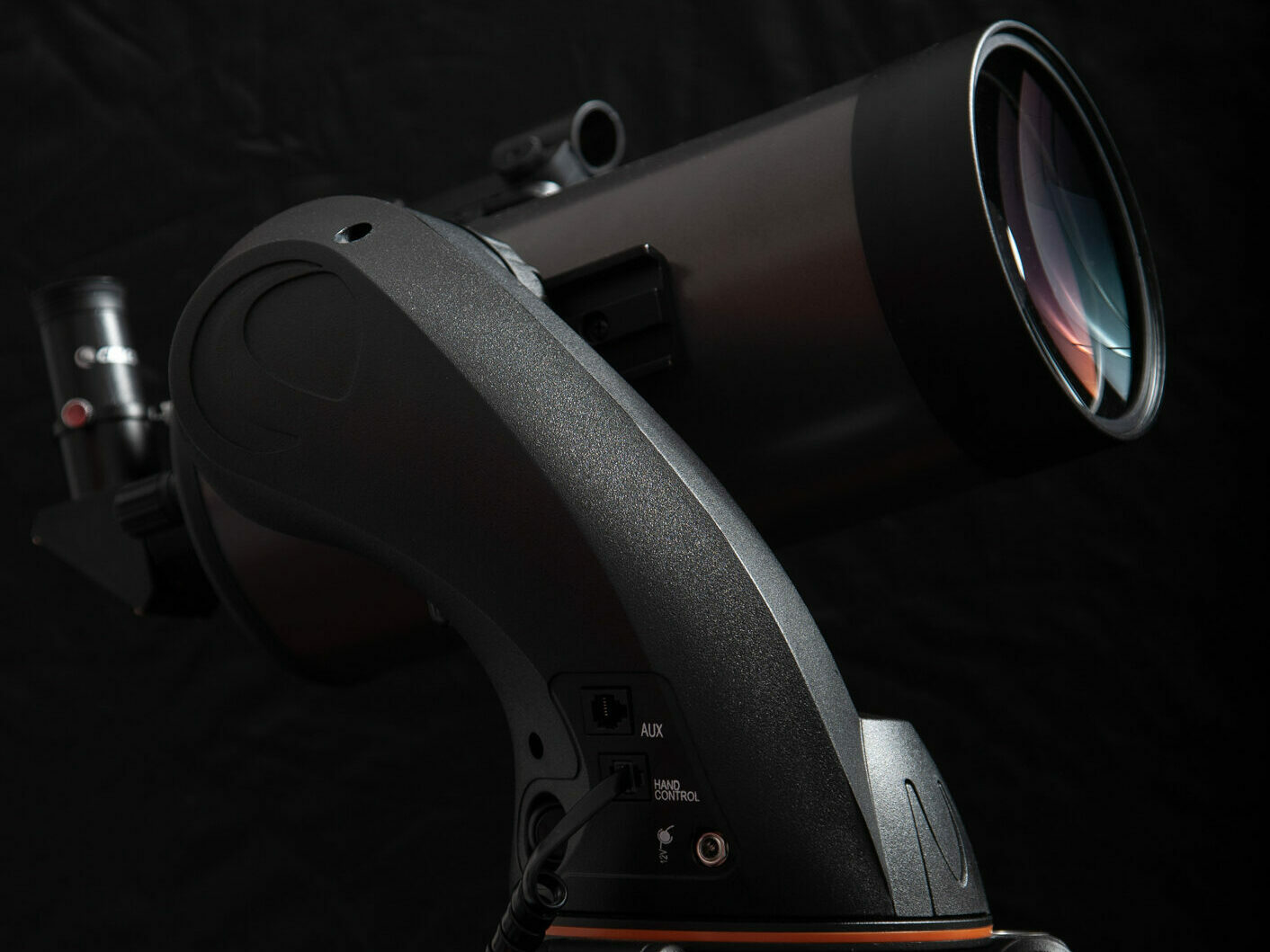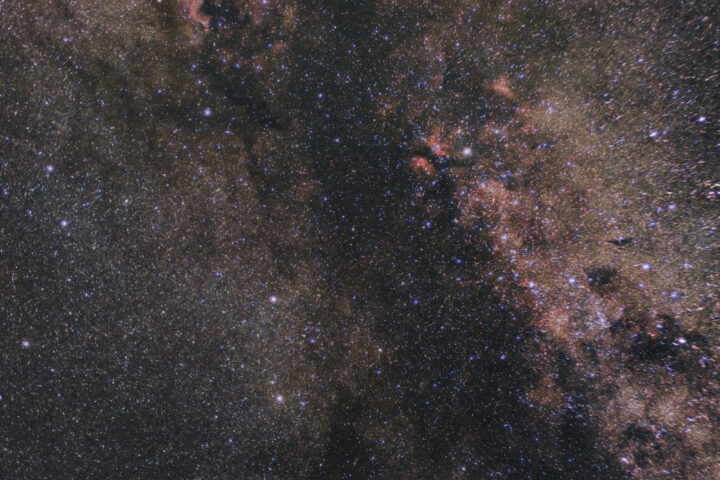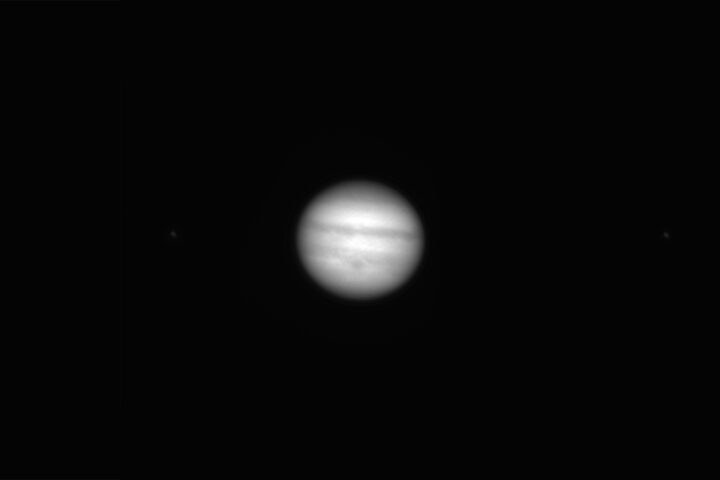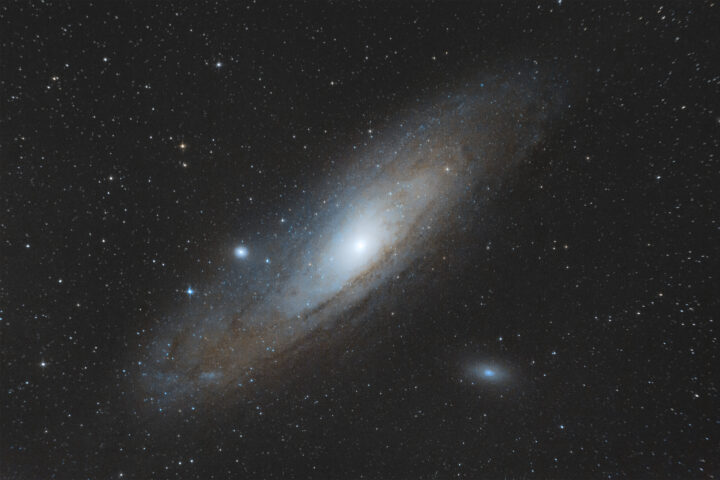In 2018, I received a Celestron Nexstar 127 SLT telescope for Christmas. The package included both an Alt-Az mount and the OTA (optical tube assembly), a 127mm, roughly 5 inch, Maksutov Cassegrain telescope with the focal length of 1500mm (the longer the focal length the more zoomed in the image will appear).
At the time I wasn’t into astrophotography yet: with the new telescope I simply wanted to improve the views of the various planets and stars compared to what I could observe with my old telescope, a Celestron Firstscope 76. But how did I get into AP? I like photography and I already had a camera, so I only needed an adapter to connect it directly to my telescope.
I started by imaging the Moon and the planets. I used my Pen F, a micro four thirds camera, so the equivalent focal length was a whopping 3000mm (the focal length listed in the specs is relative to full frame cameras. Other cameras may have a smaller sensor so the image will appear cropped. In the case of MFT, the crop factor is 2x, so the equivalent focal length is 1500mm*2= 3000mm). The photos weren’t particularly spectacular. In fact, I didn’t and don’t own a dedicated planetary camera and I haven’t tried moon photo stacking yet.
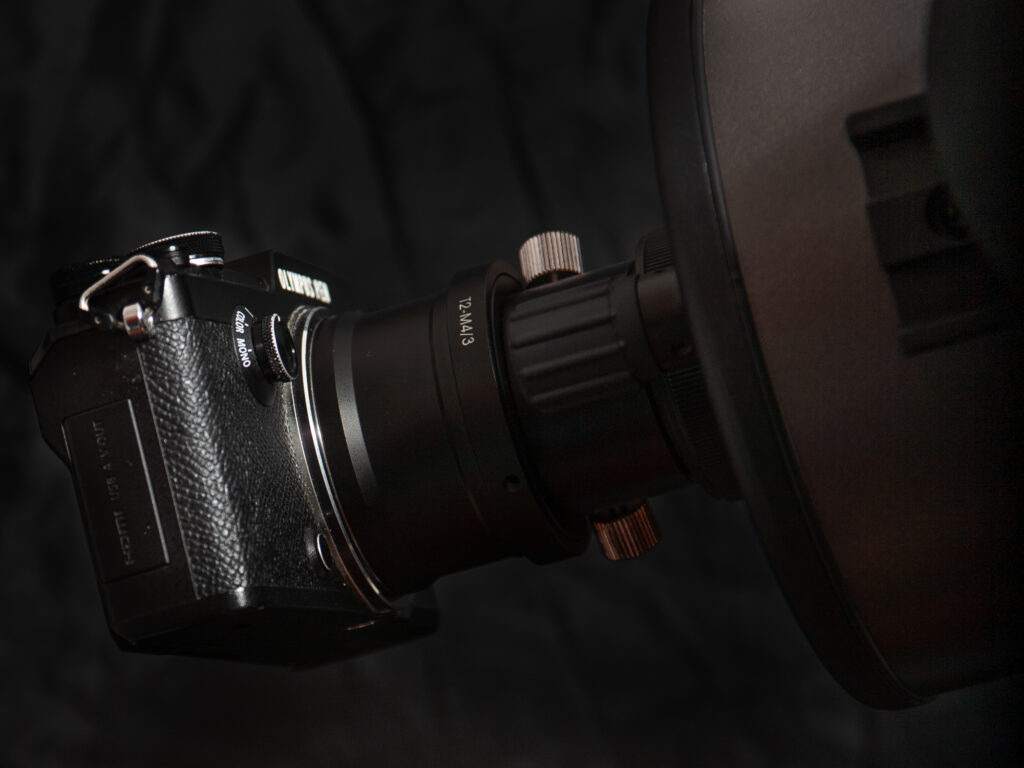
I then discovered deep sky astrophotography. The first results were not the best because the mount could not track the sky well at this high of a focal length. Also, the scope has got a focal ratio of f12 (focal length divided by aperture, the lower this number is the more light arrives to the sensor), so the images were dark and many details were lost. I found two workarounds to this problem.
First of all, I bought a Canon adapter for the telescope. I did this because I already had a canon to MFT mount adapter that made lenses brighter and wider, multiplying both the f value and the EQUIVALENT focal lenght by .7, rendering my 3000mm f12 scope a 2100mm f8.5.
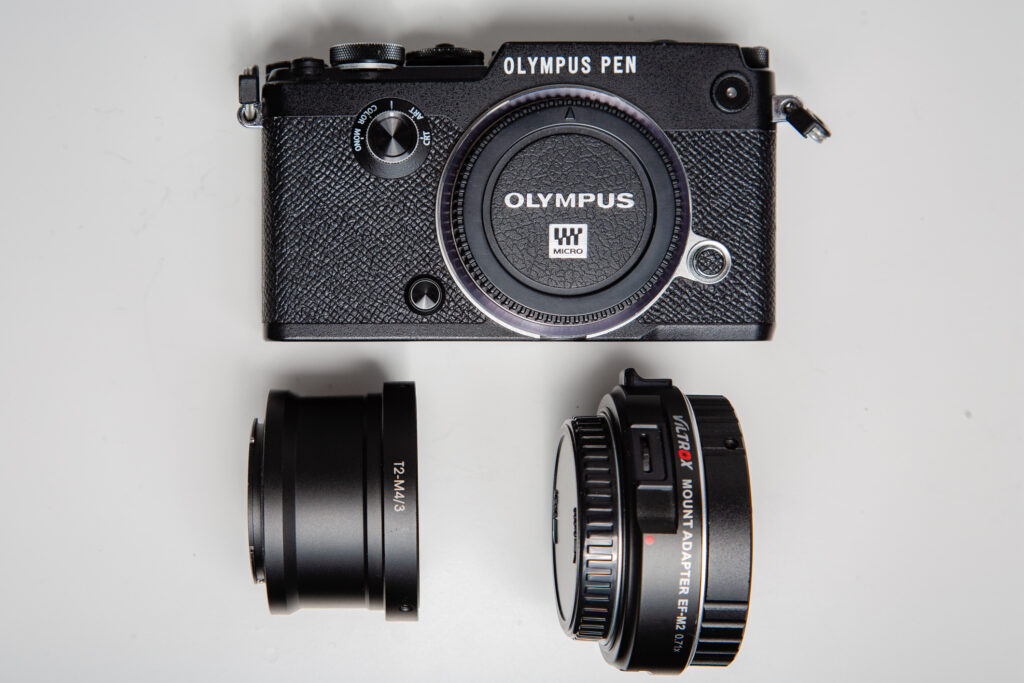
The second solution involved using other wider, brighter lenses I already owned. To do this I bought an L bracket which has a standard tripod screw, so that I could attach my camera to the mount without the scope.
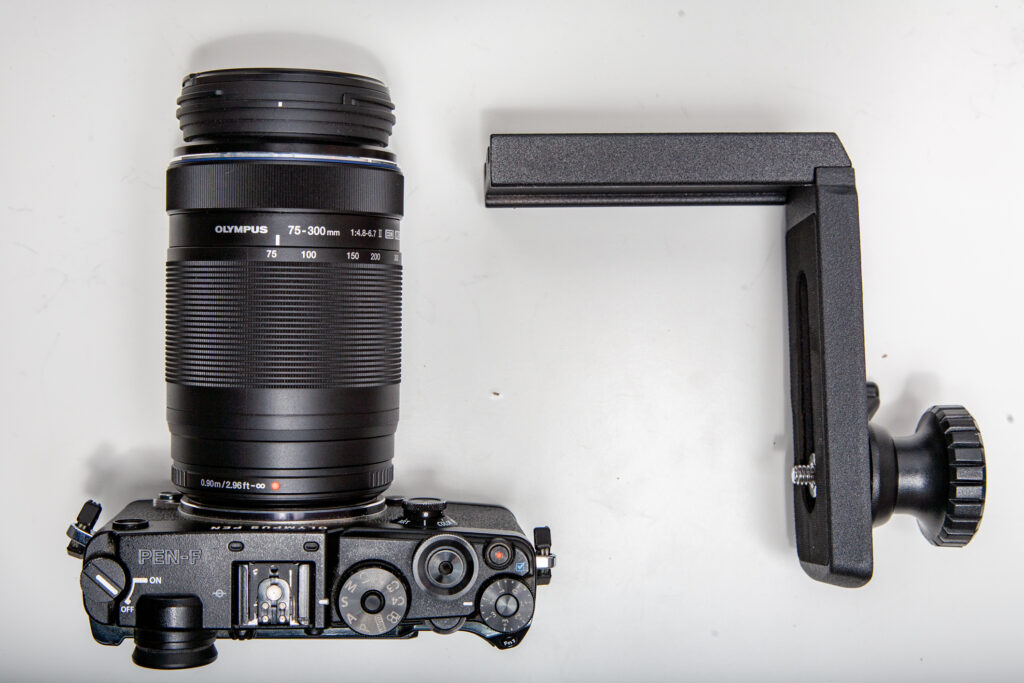
This helped a lot, but there was a final problem: field rotation. The sky’s apparent motion is not left-right-up-down, but it’s a rotation around the Celestial Pole (roughly Polaris in the Northern Hemisphere). For this reason, an Alt-Az mount can compensate the translation of the targets, but not their rotation. This means that long exposures, even though well tracked, will have star trails. Here is an example.
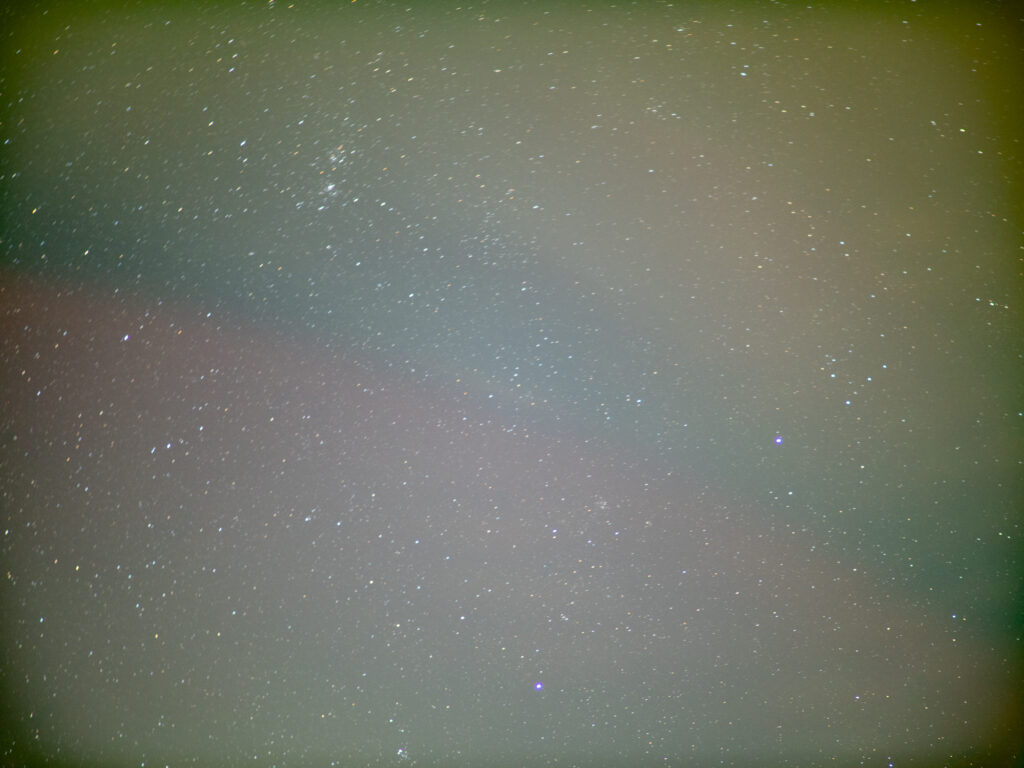
To overcome this problem, an Equatorial mount is needed. It has to be aligned to the Celestial pole, so that it can emulate exactly the motion of the stars, including the rotation.
There is a way to convert Alt-Az mounts into Equatorial mounts, and it is a wedge. Unluckily, there is not a wedge for Nexstar SLT mounts, but in the Celestron website is mentioned the fact that, for these mounts, a tripod with a tilting head can be used instead of the wedge. Luckily, I have a tripod that can support the weight of the whole setup, and here starts an Equatorial adventure. Check out my other article to discover more.
